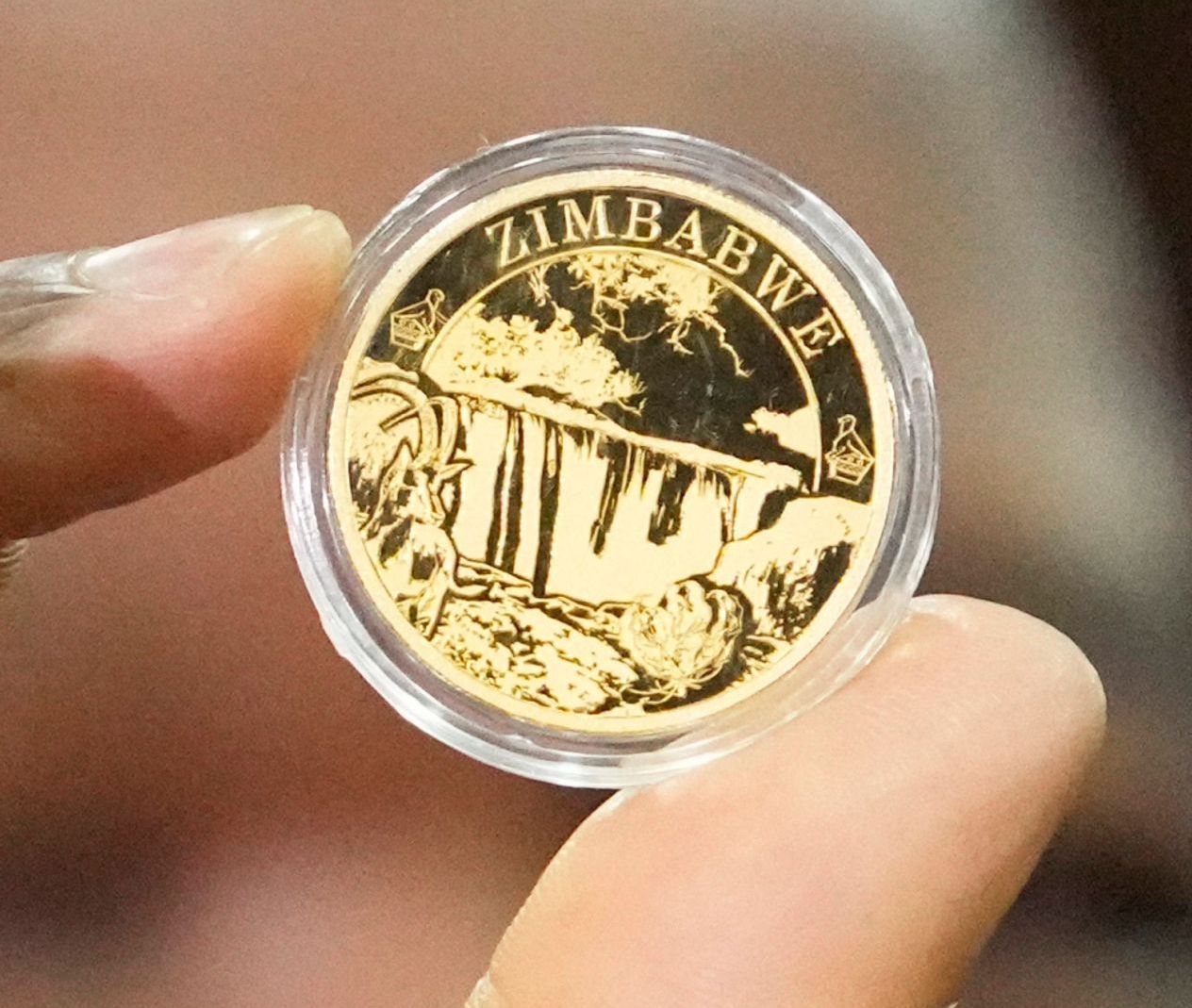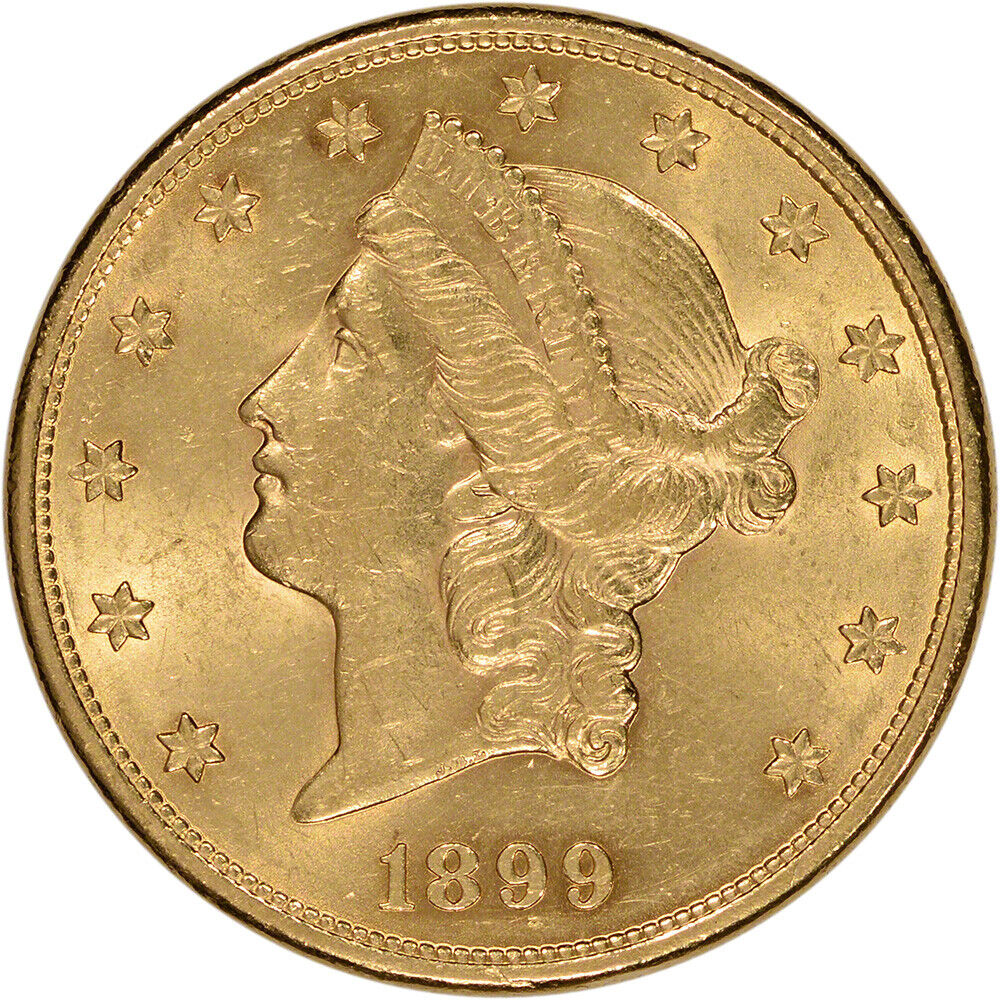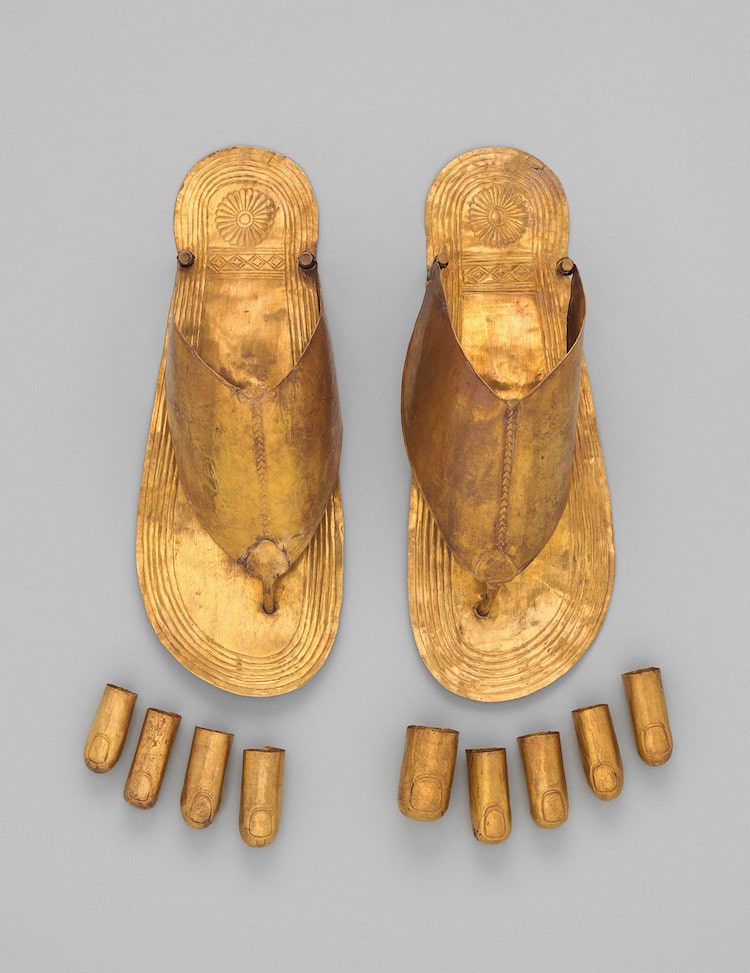The notion of being charged sales tax when investing in precious metals is a contentious issue to some. It also represents a line in the sand between some legislators and investors. Despite the long history of gold and silver being recognized as money, many states continue to tax their citizens for the privilege of owning these metals.
Some states have no sales tax, a couple others have provisions specific to precious metals, others impose varying levels of taxation. Taxing the exchange of money, which includes gold and silver, has been a topic of debate for many years.
The recognition of gold and silver as money dates back to ancient civilizations. These metals have been used as a medium of exchange for centuries.
The private ownership of gold became outlawed in 1933. Under government orders, millions of circulating gold coins were seized from citizens and melted down. Jewelry and numismatic coins were exempt from the ban. Any person caught hoarding gold was investigated, prosecuted and imprisoned.
During the prohibition years, coin collecting was viewed by many simply as a hobby. Some savvy investors used coin collecting as a way to discretely hold and hoard gold.
Many of the coins, although valuable for the intrinsic nature of the precious metal content, were viewed as merely collectibles. Many states allow for the taxation of numismatic collectibles.
During this time coin collecting quickly grew in popularity with many investors turning their attention to numismatics that were generally exempt from the ban. Whitman’s Blue Book was first published in 1942, followed by the Red Book in 1946.
Pre-1933 gold coins play a huge role for collectors and investors alike. These historic coins are from a period of time when the US economy was backed by gold.
For today’s investors, the premiums on pre-1933 US Mint gold coins have fallen significantly in recent years. In some situations, premiums for NGC and PCGS graded collectible double eagle coins can be lower than raw specimens. With cycles of numismatic premiums rising and falling over time these coins represent a solid long-term investment that could potentially bring numismatic returns.
Also during this time several countries began minting restrike gold coins. They are basically modern “reproductions” produced by the official government mint to the same standards as when the gold standard was agreed upon.
At the time, restrike gold coins were recognized as collectibles even though they had no numismatic value. It was a clandestine way for many gold investors to transact real money during the several decades when the ban on private gold ownership was place.
Many state laws regarding precious metals were written prior to 1974, during the times when ownership, buying as a hedge, or investing in gold was still illegal. The numismatic items that were bought and sold were viewed by the states as collectibles, thus taxable under most regimes.
Currently, six states have no sales tax on any purchases: Alaska, Delaware, Montana, New Hampshire, Oregon and Wyoming. While Nevada, South Dakota and Washington have laws or rules that exempt sales tax on precious metals purchases. Utah and Arizona have recently passed legislation that exempts precious metals from state capital gains taxes.
There is a growing recognition among state legislatures to exempt gold and silver purchases from sales tax due to its worldwide recognition as money. Lawmakers are recognizing the fact that gold and silver are relevant as a store of value and a hedge against fiat inflation.
The belief that precious metals transactions should not be subject to taxation is growing among state legislatures because they are now viewed as investment and not a consumer good.
While some states have recognized the historical and economic value of precious metals and are working to eliminate sales tax on them, other states still impose varying levels of tax on such purchases.
It is important for investors to be aware of the specific tax laws in their state when considering buying precious metals. Even in states that require taxation of previous metals it is possible to find a friendly local coin store or pawn shop that will gladly accept cash for silver.
The rules related to charging sales tax on precious metals are complex and vary across the 50 states and even amongst localities.
While trends towards eliminating or reducing sales tax on precious metals are growing, more states are beginning to recognize the importance of metals as real money and the value it brings in diversifying portfolios, protecting against economic uncertainties and being a stable asset.
There are many arguments against the taxation of the exchange of money into a store of value.
- Double taxation: When precious metals are purchased with money that has already been taxed, it is essentially double taxation to also tax the exchange of those metals. This can make investing in precious metals less attractive, and may discourage investors from diversifying their portfolios.
- Decreased competitiveness: If one state taxes the exchange of precious metals and another does not, it puts the taxed state at a competitive disadvantage. Investors may choose to purchase metals in a non-taxed state to avoid the extra cost, resulting in lost revenue for the state that taxes the exchange.
- Economic impact: Taxing the exchange of precious metals can have a negative impact on local economies. Investors may choose to take their money elsewhere, and local precious metals dealers may suffer from decreased business. This can lead to job loss and a decrease in tax revenue for the state.
- Encourages black market activity: High taxes on precious metals can encourage black market activity, where transactions take place off the books and taxes are not paid. This can lead to lost revenue for the state and can make it difficult for law enforcement to track the flow of money.
In the US, gold played a significant role in the economy when the country was on some form of the gold standard until 1971. During this period, the US dollar was backed by gold, which meant that the government had to hold enough gold to cover a large percentage of the value of all the dollars in circulation throughout the world.
However, the tax-free states in the US recognize the value of precious metals and the role they play in a diversified investment portfolio.
More states are recognizing the historic nature of precious metals as a form of currency and therefore, should not be subject to sales taxes. Mississippi became the latest state to remove sales tax on silver and gold allowing citizens to protect their savings against the devaluation of the dollar.
Removing Taxes on Silver Purchases
In addition to the tax-free states, several states have recently taken steps to remove or reduce sales tax on precious metals purchases.
For example, Mississippi, Kentucky, Maine, Wisconsin, Vermont, Minnesota, Alaska, Tennessee, Maine, and Idaho have all passed laws that either exempt precious metals from sales tax or reduce the tax rate.
These legislative actions reflect the growing recognition of the value of precious metals as a safe-haven asset and store of value.
These states have recognized the importance of precious metals as a store of value and have taken steps to remove barriers to their ownership. These states have made it easier for investors to protect their wealth with these assets.
Several states have recently introduced legislation to remove or change sales tax laws regarding precious metals.
For example, Mississippi, Kentucky, Maine, Wisconsin, Vermont, Minnesota, Alaska, and Tennessee have all either eliminated or reduced sales tax on precious metals in recent years.
Idaho and Maine are also considering gold reserve laws, which will allow the state to hold gold as a reserve asset.
Texas, often taking a leadership role in guiding other states, has introduced gold-backed digital currency law as an alternative to the anticipated Federal Reserve CBDC.
The state of Texas also operates a first-of-it’s kind bullion depository which allows for the segregated storage of precious metals for both individual and institutional investors in a secure and guarded facility.





